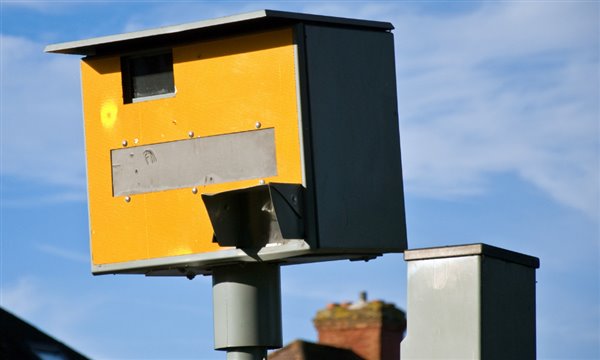The AA warns motorists against common speed camera myths
08 September 2021

The AA have issued the following warning to motorists to ignore ‘dangerous’ myths about how people can beat speed cameras, saying "You shouldn't be trying to avoid getting caught. It's safer for everyone to stick to the limits - and the law - by not speeding in the first place."
A study by the London School of Economics (LSE) found that, between 1992 and 2016, speed cameras reduced accidents 17 - 39 percent and fatalities by 58 - 68 percent.
Common myths about speed cameras include:
- The speed camera must be visible for the offender to be penalised.
- You can ‘trick’ a speed camera by switching lanes.
- You can only be caught speeding if you are driving 10 per cent over the limit – Whilst there may be some truth to this, in that speed cameras may not detect an offence if the vehicle is travelling less than 10 per cent over the speed limit, it is not 100 per cent accurate and therefore should not be presumed.
- You can request a speed awareness course to avoid penalties - this is only true in the case of a ‘first offence’ or if you have not already attended a speeding awareness course in the past three years.
The AA added, "While older speed cameras could’ve been ‘tricked’, more advanced cameras now use multiple sets of cameras at each point to track all the lanes and compare average speeds."
How do speed cameras work?
Speed cameras record the speed of a vehicle using detectors in the road or radar technology.
Some speed cameras are also combined with traffic light cameras to monitor lights and junctions.
If a speed camera detects speeding, it takes a digital image which records the colour, type, make and registration plate of a vehicle. It may also capture the face of the driver.
The number plate captured in this image is then used to get the registered address from the Driver and Vehicle Licencing Agency (DVLA).
A Notice of Intended Prosecution (NIP) will be sent to the registered owner of the vehicle within 14 days of the offence.
You can find out more about speed cameras here.
Back to Blog listings